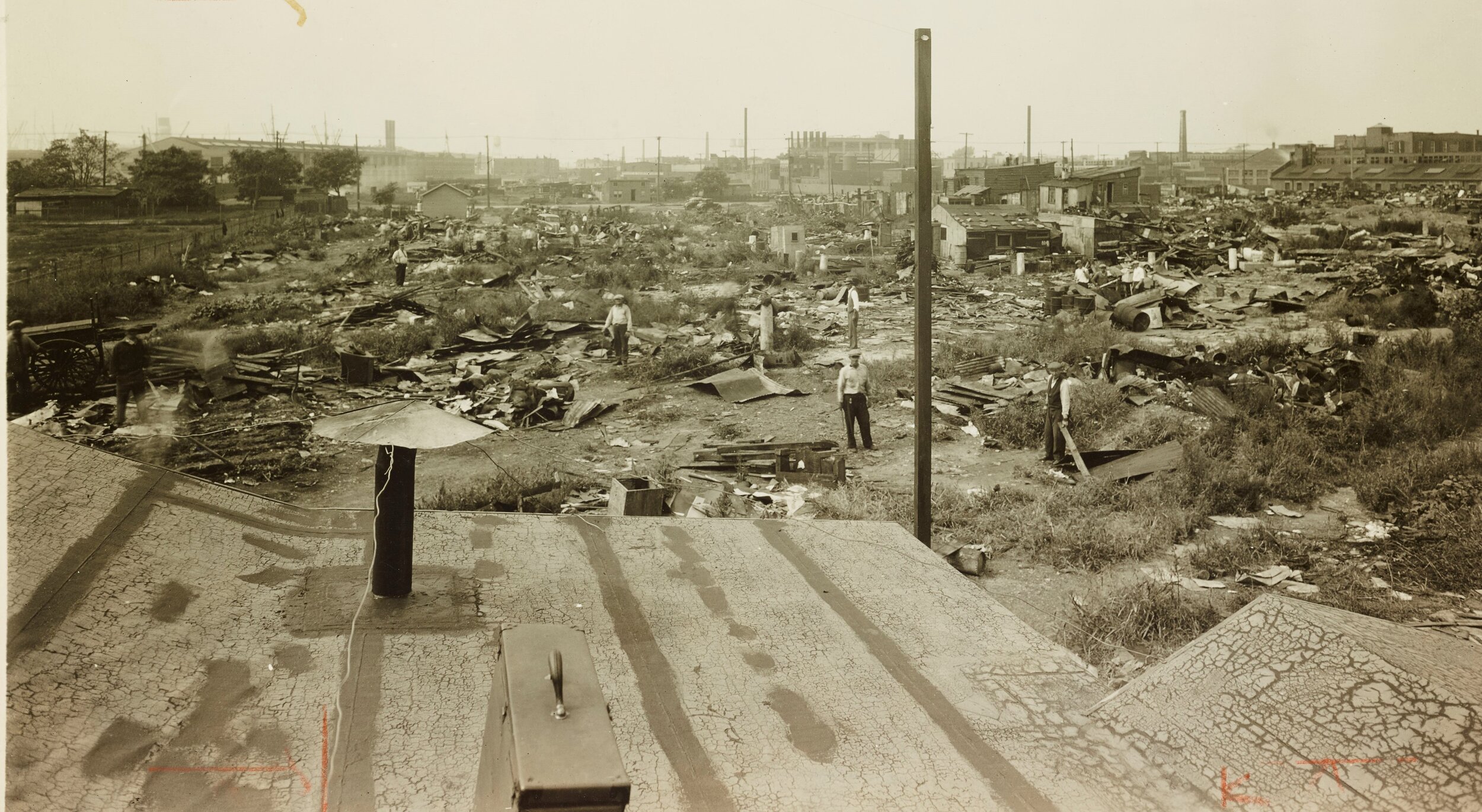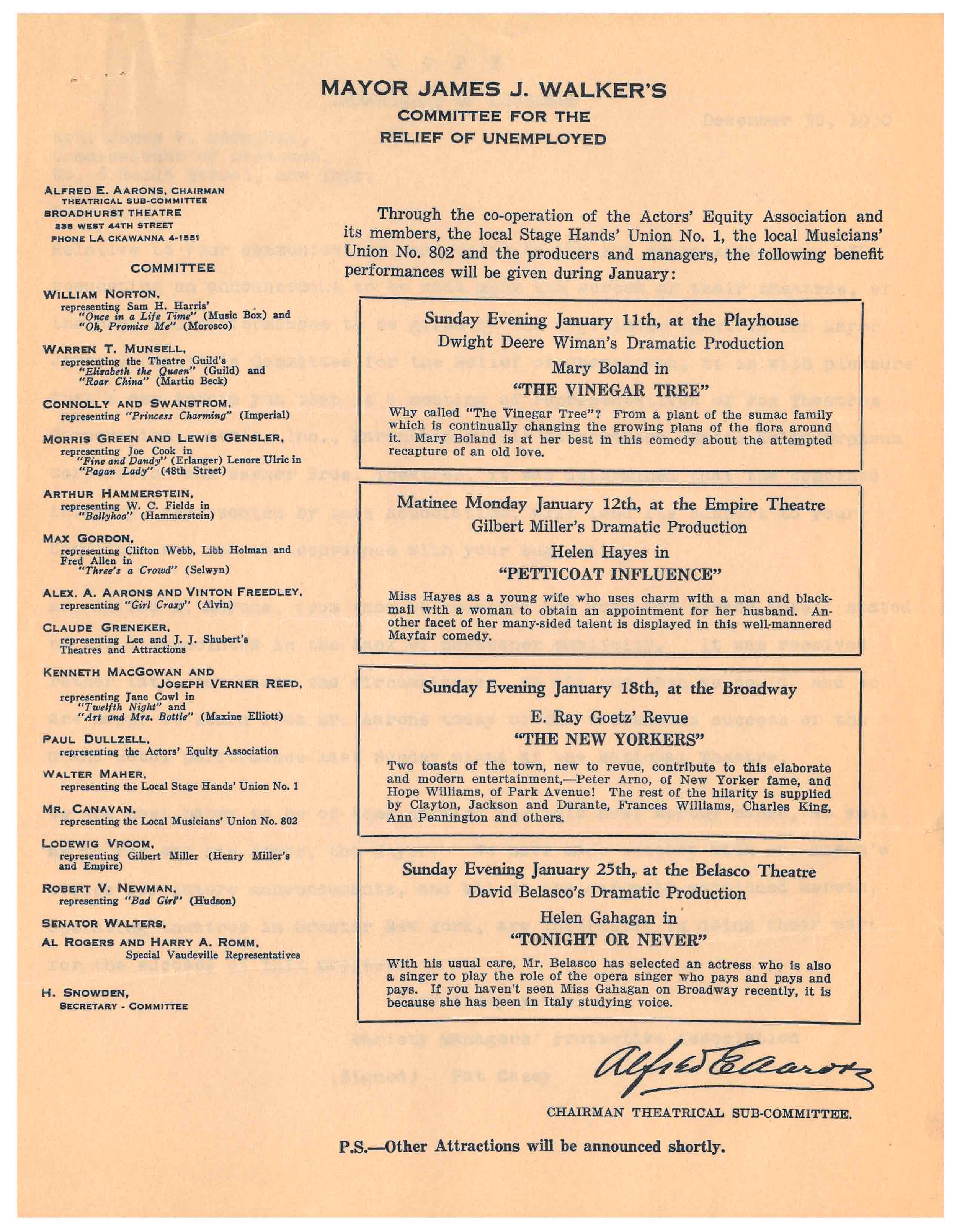Recent blogs have described the work archivists have accomplished transcribing collection inventories, lists, finding guides and other descriptive materials into searchable databases and spreadsheets. The transcription projects began when the Municipal Archives closed to the public on March 16, 2020, and all staff began to work remotely from home. This week is the second installment describing the Early Mayors’ collection transcription project.
Correspondence from the American Society for the Protection of Animals appears frequently in the collection; not surprising given the vast number of horses in the city and the potential for mis-treatment. The ASPCA’s interest was not restricted to the equine population. Letter from John P. Haines, President of the ASPCA to Mayor Thomas F. Gilroy, June 9, 1893. Early Mayors’ Collection. NYC Municipal Archives.
The Early Mayors’ collection includes correspondence and documents from New York City mayoral administrations from 1826 through 1897 and totals 157.5 cubic feet. The collection had originally been assembled by Rebecca Rankin during her 32-year tenure as the Director of the Municipal Library between 1920 and 1952. This was a core collection in the Municipal Archives when it opened in 1952 and remains one of the most important series documenting nineteenth-century government and policies.
The Early Mayors’ collection also includes typewritten summary descriptions of every document in the series prepared by archivists and librarians in the1950s and 60s. Mr. Idilio Gracia-Pena, Municipal Archives Director (1976-1989), and DORIS Commissioner (1990-1995), recently confirmed that these typewritten summaries had been produced under the direction of James Katsorhis. He had worked as an assistant to Rebecca Rankin and took over as head of the Archives when Rankin retired in 1952.
New Yorker Jonathan Lawrence wrote to Mayor Wickham about the importance of having street signs at each corner. Lawrence notes that the Common Council had been petitioned on this subject every year, but had not acted. May 8, 1893. Mayor William Wickham. Early Mayor’s Collection. NYC Municipal Archives.
Conservator Cynthia Brenwall has been part of the team transcribing the Early Mayors’ collection typed inventories. In describing the work, she observed “… average New Yorkers wrote to the mayor and city officials a LOT! They made complaints, asked for help, inquired about unusual topics and sent congratulations every day. Apparently, New York was dirty! The amount of complaints about ashes and garbage, dead animals in the streets, stables located in basements and smells coming from the “offal docks” is astonishing.”
Brenwall also noted “…for the most part, women were irrelevant in public life at the time...at least as seen through these documents. With the exception of a few public charities, searches for lost children and the ladies of houses of ill repute, women are very rarely mentioned in these letters.”
Nora Casey, an emigrant who arrived in this country in June, had been diagnosed as “insane” and confined to the Emigrant Asylum, Ward's Island. On September 1, 1888, Ellie Casey informed the authorities that her mother would not be able to accompany her sister home to [County] Cahirciveen, Ireland. Other documents indicate that the mother and sister lived in Massachusetts and asked for her to be moved to live with them. But the Board reviewing whether immigrants might be a “public charge” were bound to send her back to Ireland, where there was nobody to take care of her. Mayor Abram Hewitt. Early Mayors’ Collection. NYC Municipal Archives.
Similar to archivist colleague Amy Stecher’s description of work on the Early Mayors collection transcription project, Brenwall also remarked on the staggering amount of corruption in the city. “From policemen taking bribes for not reporting gambling and prostitution houses in the 1880s to men stealing luggage from newly arrived immigrants at Castle Clinton. to election fraud and a whole scheme of illegal electrical wires run through the city...it seems like everyone was out to make a buck.”
Police Captains were required to reported on the condition of “panel” houses in their respective precincts. “Panel Houses” were houses of prostitution that were constructed with hollowed out walls where thieves could hide and wait for a chance to rob men patronizing the establishments. “Panel House” thieves relied on the reluctance of their victims to press charges and face publicity. Many of these houses were under the protection of the police. Police Captains report, April 1874. Mayor William Havemeyer. Early Mayors’ Collection. NYC Municipal Archives.
Licensing places of public assembly was among the New York Police Department responsibilities during the 19th century. Carnegie Hall received a good report from the NYPD, April 21, 1892. Mayor Thomas Gilroy. Early Mayor’s Collection. NYC Municipal Archives.
In 1890 a substantial portion of City residents were immigrants and City officials believed that its population was undercounted by federal census-takers. The Harlem Democratic Club, along with many other New Yorkers urged a re-count. Mayor Hugh Grant directed that the New York Police Department conduct another count. The result was the 1890 “Police” census which quantified the City’s contention that the numbers in the federal count were significantly lower. Harlem Democratic Club, September 1890. Mayor Hugh Grant. Early Mayors’ Collection. NYC Municipal Archives.
Mayor Grant’s efforts to persuade federal officials to accept the revised numbers were unsuccessful. The November 6, 1890, letter and eight-page attachment from the Department of the Interior to Mayor Grant made that clear. Early Mayors’ Collection. NYC Municipal Archives.
Ms. Brenwall concluded that the more thing change, the more they stay the same. I was repeatedly struck by how many issues of the time are very similar to issues of today. Cholera and yellow fever outbreaks that caused quarantines, police force issues, citywide celebrations marked important occasions and give all residents a respite from daily life and the recognition that as New Yorkers we must take care of each other for the city to be successful.”
Railroad magnate Cornelius Vanderbilt complained to Mayor Edward Cooper that the conductor of a street car on which he was a passenger “willfully” obstructed another car on Christopher Street and should be reprimanded. July 5, 1879. Mayor Edward Cooper. Early Mayors’ Collection. NYC Municipal Archives.
Brenwall added that her work over the last several months has been “…an amazing deep-dive into Victorian-era New York! Creating a searchable document is going to such a great resource for researchers and history buffs alike once we completed this project.”
We look forward to making available the results of this telework project undertaken by the Municipal Archives.




















